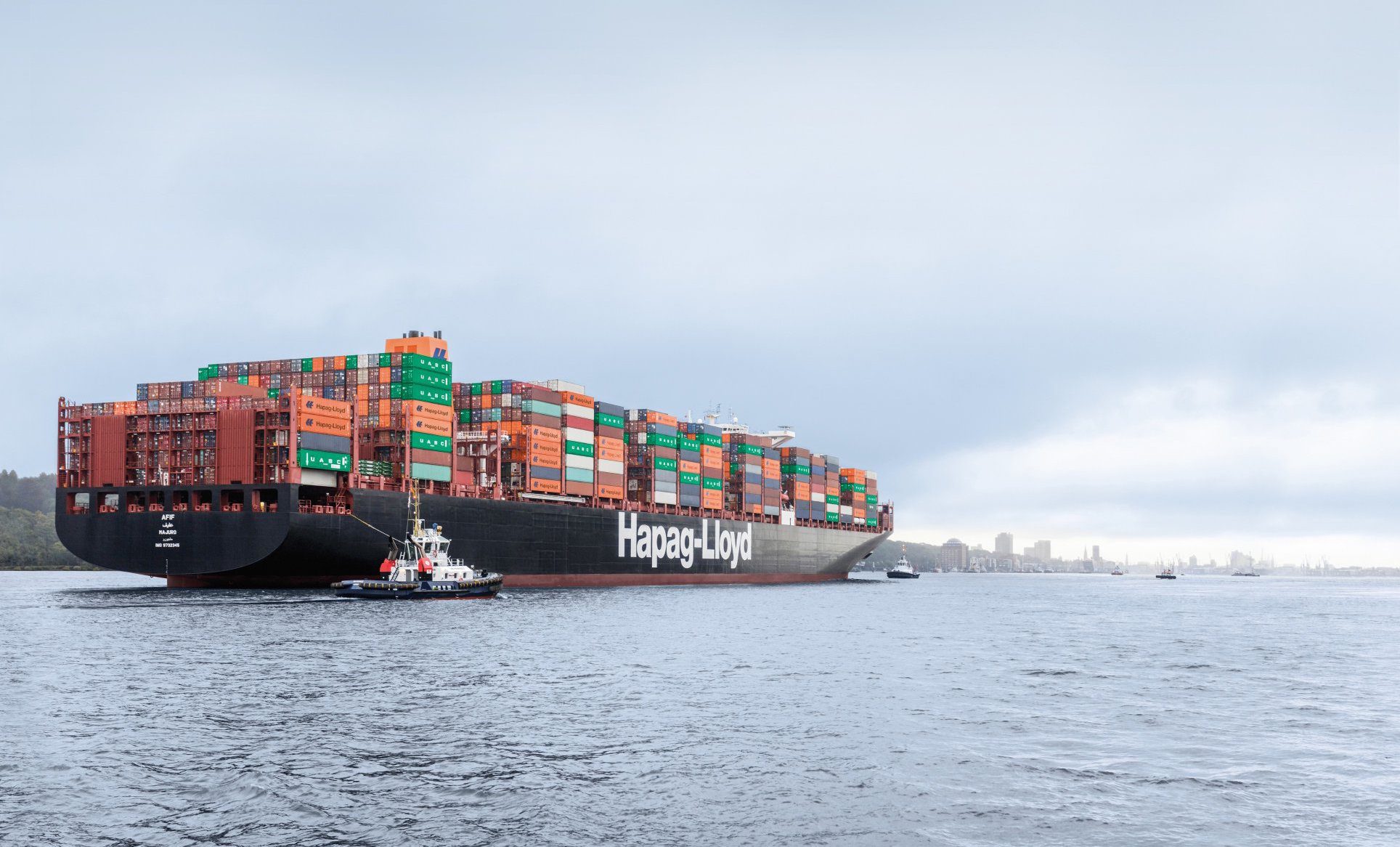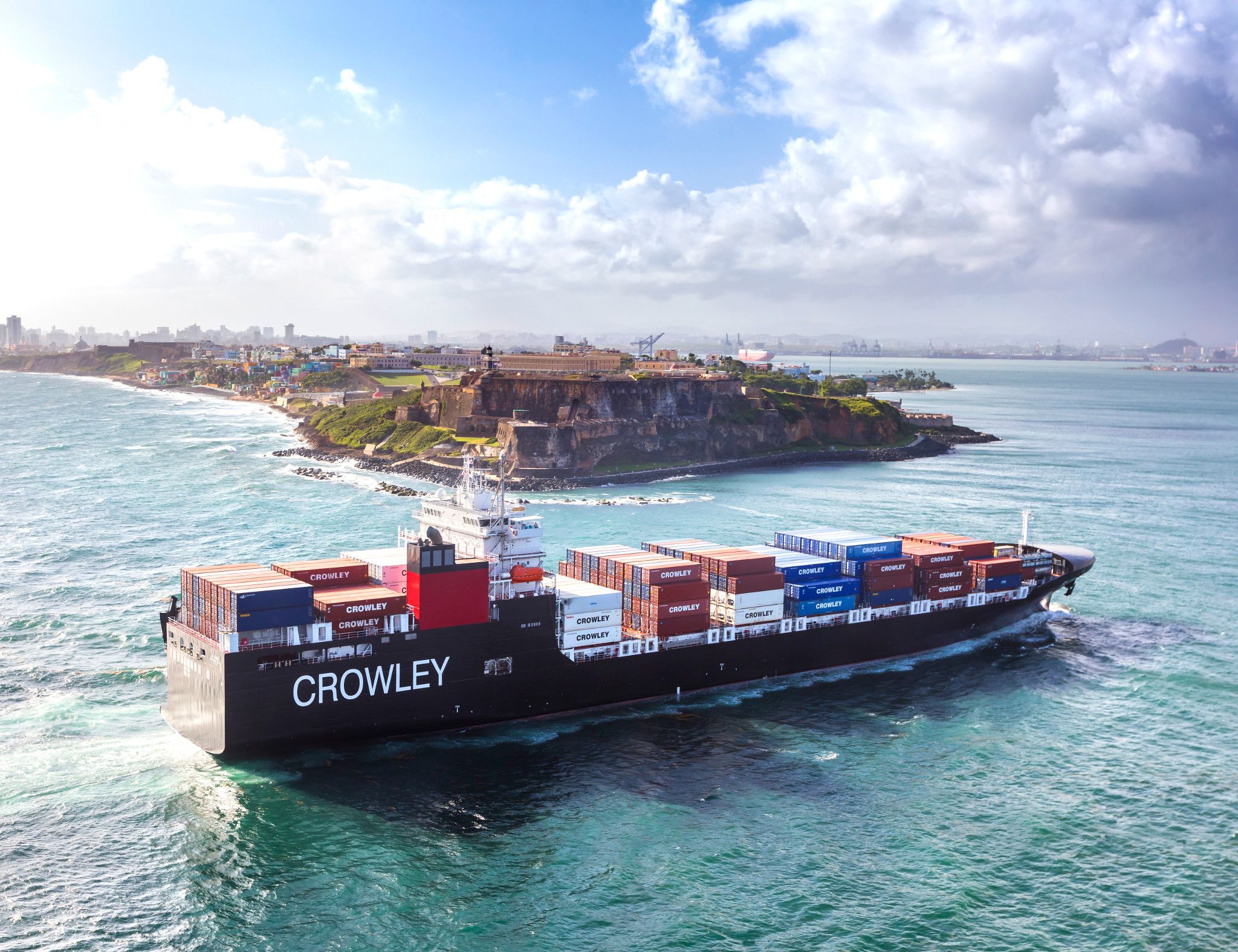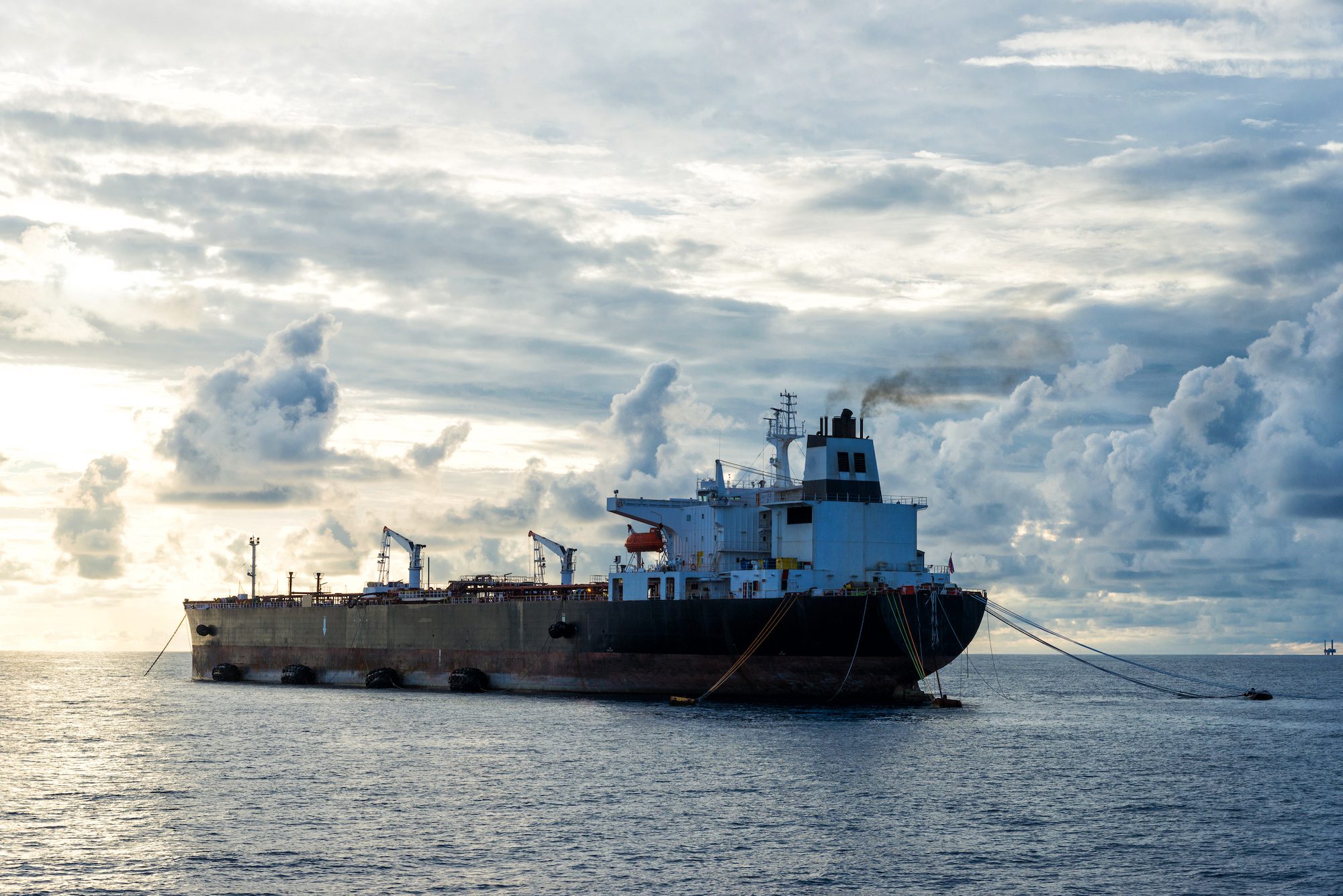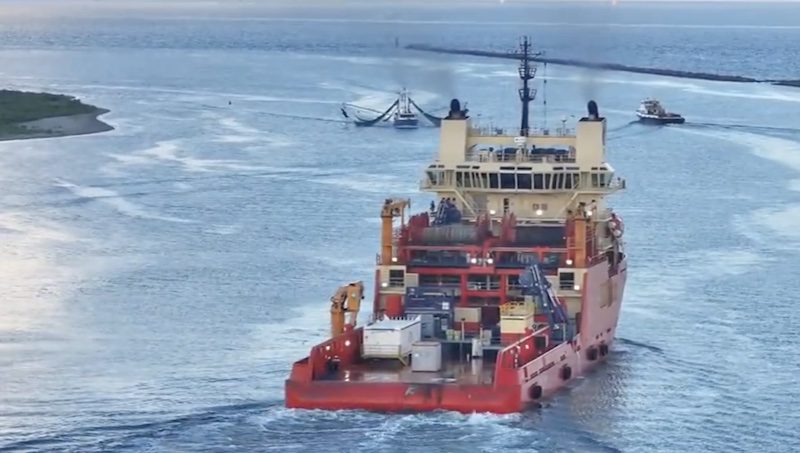By Mike Wackett (The Loadstar) –
Hapag-Lloyd has confirmed that THE Alliance vessels deployed on the Asia-North Europe tradelane are no longer making a 3,500 nautical mile diversion around the Cape of Good Hope on their backhaul voyage.
“We have to have the ships for the new THEA network in place in time,” a spokesperson for Hapag-Lloyd told The Loadstar today.
The new network, announced in December, will commence next month.
Its main feature is the phasing-in of newbuild 23,500 teu vessels to the Asia-North Europe trade and the upgrading, to 14,000 to 15,000 teu ships, between Asia and the Mediterranean and on the transpacific between Asia and the US east coast.
Following the 2M Alliance’s decision this week to suspend its AE1/Shogun loop, the spokesperson said despite the reduction in demand, “we do not plan any concrete adjustments to the network at the moment”.
THEA vessels started diverting around the South African coast in November as a capacity management tool, adding up to two weeks to their backhaul voyages and sliding the advertised sailing dates on the headhaul, instead of simply blanking voyages.
Moreover, despite around an extra 1,000 tonnes of bunker fuel used, each diverted ship potentially saved the alliance around $1m in Suez Canal toll fees, resulting in a net saving of around $600,000 per backhaul voyage, based on a scrubber-fitted vessel burning heavy fuel oil at $400 per ton and performing super-slow-steaming.
Environmentalists were displeased with THEA’s capacity management strategy, due to significant extra CO2 emissions from the longer voyages, and North European exporters were unhappy with the extra transit times and the increase to their carbon footprints.
Diverting ships around the Cape was not a practice widely followed by members of the other alliances.
Meanwhile, with revenues falling dramatically, from a toxic mix of diminished demand and tumbling freight rates, ocean carriers are forensically examining their costs for potential savings.
Although not “planned”, THEA and its alliance peers will need to take out more capacity across the major tradelanes to adjust supply to meet demand in the coming weeks and months, until anticipated retailer inventory restocking converts into fresh orders later in the year.
Indeed, Hapag-Lloyd CEO Rolf Habben Jansen last week alluded to the need for more organised capacity reductions when demand is expected to be weak for long periods – such as we see now. he said: “We are very much in discussion with our partners as I totally understand the concern that we often get from customers.
“It is better to restructure a service than to constantly blank,” he argued.
The Loadstar is known at the highest levels of logistics and supply chain management as one of the best sources of influential analysis and commentary.
Unlock Exclusive Insights Today!
Join the gCaptain Club for curated content, insider opinions, and vibrant community discussions.

 Join The Club
Join The Club













